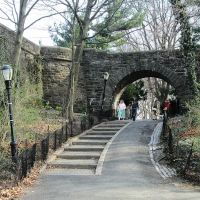Fort Tryon Introduce
Fort Tryon Park, situated at 99 Margaret Corbin Drive, New York, NY 10040, is an extraordinary "Scenic Spot" and a true gem within the urban fabric of Manhattan. Spanning approximately 67 acres, this iconic park is perched on a ridge in Upper Manhattan, offering unparalleled panoramic views of the Hudson River, the dramatic New Jersey Palisades, and the distant George Washington Bridge. Its designation as a "Scenic Spot" is a testament to its meticulously designed landscape, historical significance, and the unparalleled beauty it provides, making it a destination that offers both natural respite and cultural enrichment.
The history of Fort Tryon Park is as rich and layered as its landscape. Originally inhabited by the Weckquaesgeek Tribe, the land later became strategically important during the Revolutionary War, serving as a battle site at what was then known as Mount Washington. It was renamed Fort Tryon by the British after their major general, Sir William Tryon. In the early 20th century, financier and philanthropist John D. Rockefeller, Jr., purchased the land with a vision to create a public park that would preserve its natural beauty and spectacular views. He enlisted the renowned Olmsted Brothers architectural firm, known for their work on Central and Prospect Parks, to design this ambitious project. Construction took place between 1931 and 1935, and the park opened to the public in 1935. Rockefeller’s commitment extended to purchasing land on the New Jersey side of the Hudson, now part of the Palisades Interstate Park, specifically to protect Fort Tryon’s breathtaking vistas. The park was later designated a City Landmark in 1983, a testament to its enduring design and historical significance.
The environment of Fort Tryon Park is a masterclass in landscape architecture, blending natural topography with carefully cultivated gardens and promenades. The park's design incorporates dramatic elevations, with winding pedestrian paths (totaling over 8 miles) that traverse wooded slopes and open lawns. Customer reviews consistently praise the "serene overlook of the Hudson River with beautiful flowers well maintained and blooming for spring," and emphasize that the park is "very clean." The most famous horticultural feature is the three-acre Heather Garden, a world-class botanical destination featuring over 500 varieties of plants, trees, and shrubs that provide year-round horticultural interest. This garden, recently reinvigorated by public garden designers, offers a stunning display of colors, particularly in spring and fall. The park also features an Alpine Garden and Broadway Greeting Gardens. While some reviews mention temporary disruptions due to renovation projects (e.g., "Right now the baseball fields and most of the trees have been cordoned off to protect them from construction"), these are part of ongoing efforts to maintain and enhance the park's environment. The challenging hills, though requiring effort to navigate, are "definitely worth the view," and the park is noted for being "never overcrowded," offering a peaceful escape.
As a "Scenic Spot," Fort Tryon Park offers a wide array of services that cater to diverse interests, rather than selling traditional goods. The primary service is providing public access to its extensive grounds for various recreational and cultural activities. Key services include:
- Recreation: The park provides ample space for walking, jogging, and running along its paved trails. It features two playgrounds (Anne Loftus Playground and Jacob K. Javits Playground) for children, a large dog run (Manhattan's largest, complete with a gazebo for owners), basketball courts, volleyball courts, and built-in ping pong tables, making it "a great place for pets, children, and the entire family to enjoy." Lawns are available for informal play and picnics.
- Horticultural Enjoyment: The Heather Garden, Alpine Garden, and other planted areas offer a service of botanical beauty and a learning experience for garden enthusiasts. The Fort Tryon Park Trust, the non-profit partner, actively manages and provides supplemental staff for the park's upkeep, ensuring the vibrancy of these gardens.
- Cultural Access: The park is home to The Met Cloisters, a branch of the Metropolitan Museum of Art dedicated to the art, architecture, and gardens of medieval Europe. While the museum has its own admission policies, its presence within the park offers a unique cultural service, seamlessly blending art, history, and nature.
- Events and Programs: The Fort Tryon Park Trust provides over 250 free public programs annually, including guided tours, history and design walks, fitness programs, garden tours, nature and wildlife programs, art installations, birding tours, concerts, dance and performance festivals, and film screenings. They also host the popular annual Battle of Fort Washington reenactment and the Medieval Festival.
- Facilities: The park offers public restrooms, spray showers, and specific areas for picnics and gatherings. There are also eateries available within the park for light fare and refreshments.
The features of Fort Tryon Park are numerous and contribute significantly to its allure. They include:
- Panoramic Views: The most striking feature is the dramatic overlooks providing expansive views of the Hudson River, the Palisades, and glimpses of the New York City skyline. Linden Terrace is particularly noted as one of the highest points in Manhattan for breathtaking views.
- The Met Cloisters: This world-renowned museum, housed in a building constructed from actual French monasteries, is a unique cultural landmark within the park, showcasing medieval art and architecture.
- Heather Garden: A meticulously maintained, large garden with diverse plant species, offering year-round beauty and horticultural interest.
- Extensive Path Network: Eight miles of well-maintained paved pathways, some with rusticated stone retaining walls and 48 stone staircases, are perfect for walking and exploring.
- Historic Architecture and Monuments: The park features architectural elements designed by the Olmsted Brothers, remnants of 19th-century estates, and plaques and monuments commemorating the 1776 siege and John D. Rockefeller, Jr.'s contributions.
- Recreational Amenities: Playgrounds, a large dog run, basketball courts, volleyball courts, and ping pong tables cater to active users.
- Concession Building: A place for refreshments, offering a convenient amenity for visitors.
Promotional information for Fort Tryon Park would highlight its status as a premier "Scenic Spot" and a unique urban escape. Key messages would emphasize its "magnificent views," diverse recreational opportunities, and its unique cultural anchor, The Met Cloisters. The park's historical significance, from Native American habitation to the Revolutionary War and its development by John D. Rockefeller, Jr. and the Olmsted Brothers, would be a compelling draw for history enthusiasts. The "beautiful flowers well maintained and blooming for spring" and the promise of "beautiful trees changed their colors" in the fall would attract nature lovers and photographers. The Fort Tryon Park Trust actively promotes the park's extensive calendar of free public programs and events, encouraging community engagement. Visitors can find detailed information on the NYC Parks website or the Fort Tryon Park Trust website, including maps, event schedules, and directions. The phone number (212) 639-9675 can be used for general inquiries related to NYC Parks. The park's reputation as a "very clean park" that is "never overcrowded" further enhances its appeal, positioning it as an accessible, serene, and culturally enriching destination for all New Yorkers and visitors.
Fort Tryon Photos
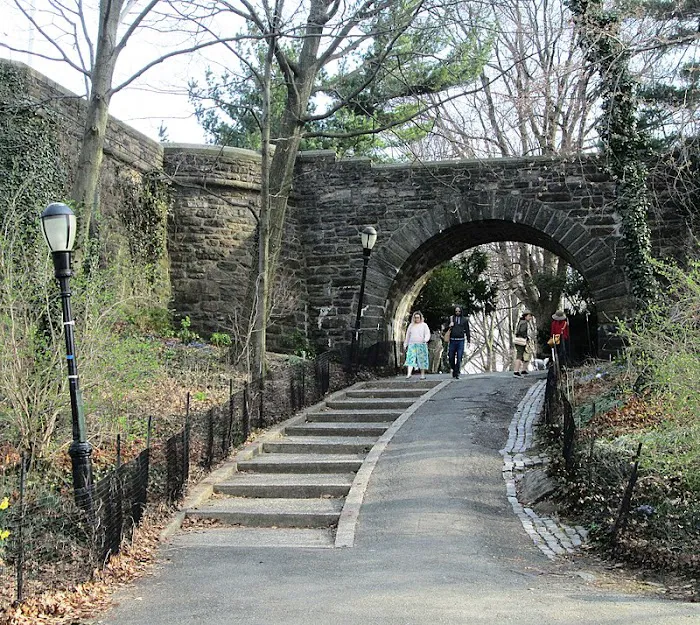

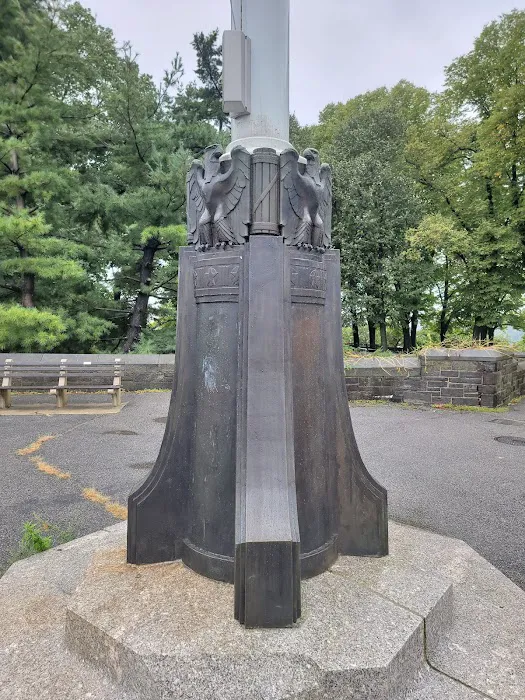


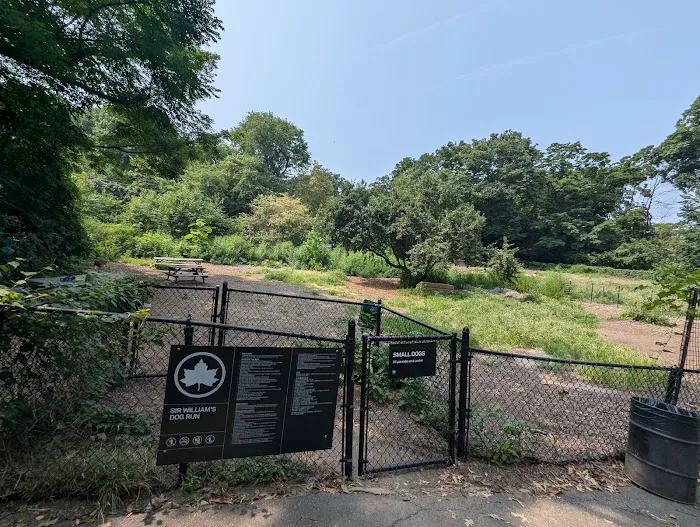
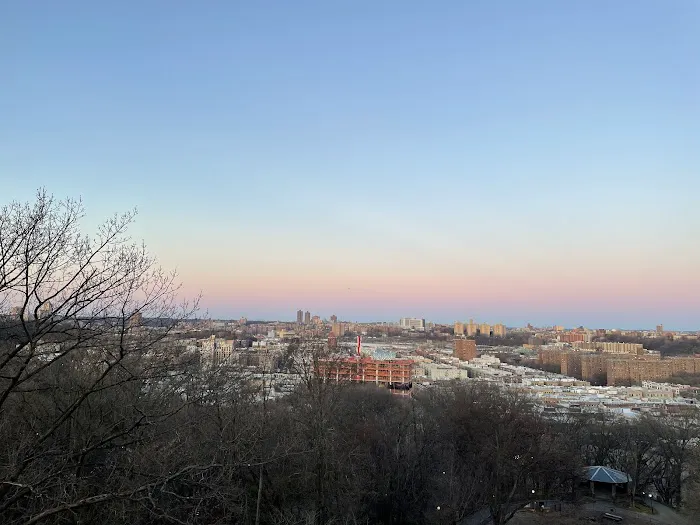
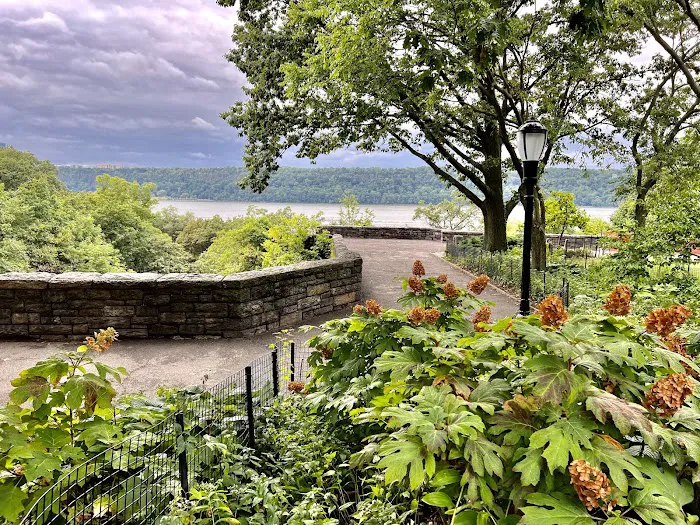

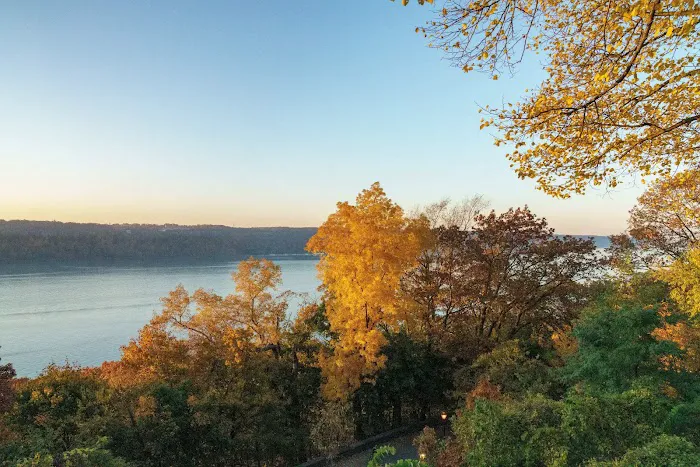
Fort Tryon Location
Fort Tryon
99 Margaret Corbin Dr #67, New York, NY 10040, USA
 Fort Tryon
Fort Tryon99 Margaret Corbin Dr #67
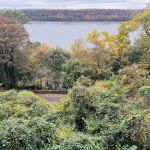 Linden Terrace
Linden TerraceNew York
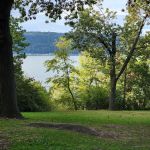 Abby's Lawn
Abby's Lawn99 Margaret Corbin Dr
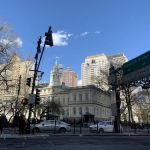 Dr To Broadway
Dr To BroadwayDr To Broadway
 Sir William's Dog Run
Sir William's Dog RunMargaret Corbin Dr
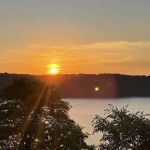 Fort Tryon Park
Fort Tryon ParkRiverside
 Dr. Ruth Tulips
Dr. Ruth Tulips1 Margaret Corbin Dr
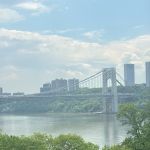 Billings Lawn
Billings LawnFort Tryon Park
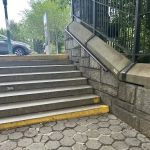 Table tennis
Table tennisFt Washington Av/Cabrini Bl
 Dyckman Park
Dyckman Park39 Sherman Ave
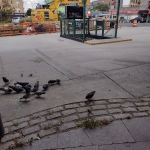 Lt. William Tighe Triangle
Lt. William Tighe TriangleSeaman Avenue
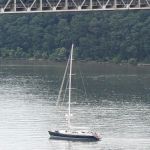 The Paterno Trivium
The Paterno TriviumCabrini Blvd
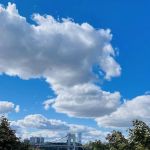 Chittenden Overlook
Chittenden Overlook1-21 Chittenden Ave
Fort Tryon Reviews
A serene overlook of the Hudson River with beautiful flowers well maintained and blooming for spring
Apr 11, 2025 · LoleitaVery clean park with plenty of paved trails to walk on. There is a Beautiful garden nearby that I would not hesitate to visit also. It has some challenging hills to get there but definitely worth the view, Its also never overcrowded.5 stars and 3 thumbs up!!
May 19, 2023 · Kailer LargaespadaHuge park and hidden gem in NYC. Not most people visit here, not crowded, calm and peaceful, plenty of green and wildlife. Well maintained and clean.
Feb 10, 2025 · Darshana MMy favorite oasis in the city. Jaw dropping views backdrop an equally beautiful park with plenty of places to sit, stay in the shade, and connect with nature.
Jun 05, 2024 · Benjamin Podokshik (Benny)Fort Tryon Park is a public park located in the Hudson Heights and Inwood neighborhoods of the borough of Manhattan in New York City. The 67-acre (27 ha) park is situated on a ridge in Upper Manhattan, close to the West's Hudson River. It extends mainly from 192nd Street in the south to Riverside Drive in the north and from Broadway in the east to the Henry Hudson Parkway in the west. The park's main entrance is at Margaret Corbin Circle, at the intersection of Fort Washington Avenue and Cabrini Boulevard.The local Lenape tribe knew Chquaesgeck and Dutch settlers as Lange Bergh (Long Hill). During the American Revolutionary War, the Battle of Fort Washington was fought at the park's site. The area remained sparsely populated during the 19th century, but by the turn of the 20th century, it was the location of large country estates. Beginning in 1917, philanthropist John D. Rockefeller, Jr., bought up several estates to create Fort Tryon Park. He engaged the Olmsted Brothers firm to design the park and hired James W. Dawson to create the planting plan. Rockefeller gave the land to the city in 1931, after two prior attempts to do so were unsuccessful, and the park was completed in 1935. Rockefeller also bought sculptor George Gray Barnard's collection of medieval art and gave it to the Metropolitan Museum of Art. From 1935 to 1939, built the Cloisters in Fort Tryon Park to house the collection.The park is built on a high Manhattan schist formation with igneous intrusions and glacial striations from the last Ice Age. The park's design included extensive plantings of various flora in the park's many gardens, including the Heather Garden, which was restored in the 1980s. Besides the gardens and the Cloisters, the park has extensive walking paths and meadows, with the Hudson and Harlem Rivers' views. Fort Tryon Park was added to the National Register of Historic Places in 1978 and was designated a New York City Scenic Landmark in 1983.
Apr 03, 2021 · Stephan Grütering
More Scenic Spot
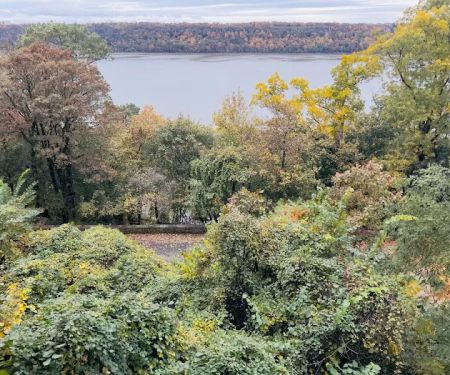 Linden Terrace5.0 (11 reviews)
Linden Terrace5.0 (11 reviews)New York, NY 10040, USA
 Abby's Lawn4.0 (7 reviews)
Abby's Lawn4.0 (7 reviews)99 Margaret Corbin Dr, New York, NY 10040, USA
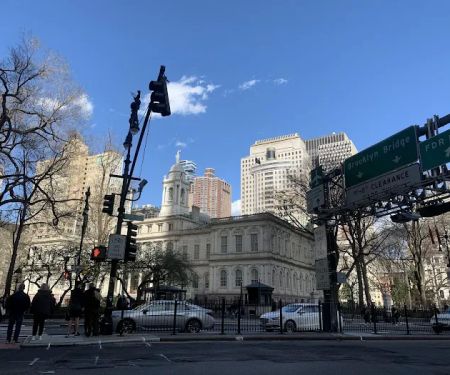 Dr To Broadway0.0 (0 reviews)
Dr To Broadway0.0 (0 reviews)Dr To Broadway, New York, NY 10040, USA
 Sir William's Dog Run4.0 (133 reviews)
Sir William's Dog Run4.0 (133 reviews)Margaret Corbin Dr, New York, NY 10040, USA
 Fort Tryon Park4.0 (8110 reviews)
Fort Tryon Park4.0 (8110 reviews)Riverside, Dr To Broadway, New York, NY 10040, USA
 Dr. Ruth Tulips5.0 (1 reviews)
Dr. Ruth Tulips5.0 (1 reviews)1 Margaret Corbin Dr, New York, NY 10040, USA
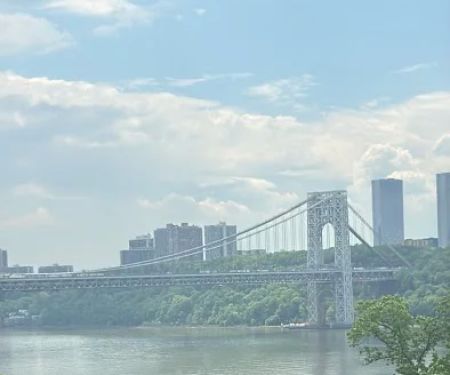 Billings Lawn4.0 (67 reviews)
Billings Lawn4.0 (67 reviews)Fort Tryon Park, Broadway, New York, NY 10040, USA
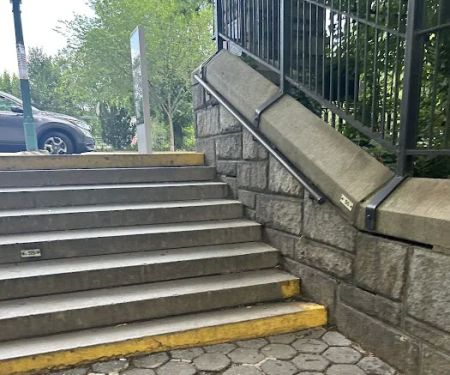 Table tennis4.0 (4 reviews)
Table tennis4.0 (4 reviews)Ft Washington Av/Cabrini Bl, New York, NY 10040, USA
 Dyckman Park4.0 (42 reviews)
Dyckman Park4.0 (42 reviews)39 Sherman Ave, New York, NY 10040, USA
 Lt. William Tighe Triangle4.0 (37 reviews)
Lt. William Tighe Triangle4.0 (37 reviews)Seaman Avenue, Riverside Drive, Dyckman St, New York, NY 10040, USA
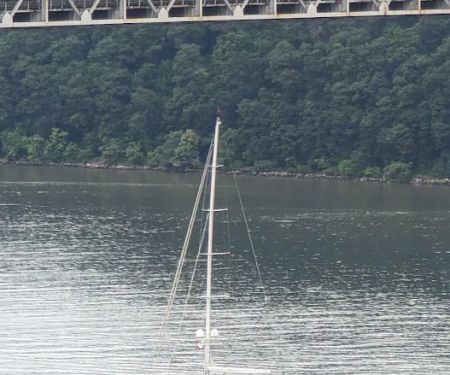 The Paterno Trivium4.0 (4 reviews)
The Paterno Trivium4.0 (4 reviews)Cabrini Blvd, New York, NY 10040, USA
 Chittenden Overlook4.0 (10 reviews)
Chittenden Overlook4.0 (10 reviews)1-21 Chittenden Ave, New York, NY 10033, USA
Categories
Popular Camping Sites
 Mahlon Dickerson Campgrounds4.0 (293 reviews)
Mahlon Dickerson Campgrounds4.0 (293 reviews) Monroe Town Baseball Park5.0 (9 reviews)
Monroe Town Baseball Park5.0 (9 reviews) Cedar Grove Community Park4.0 (204 reviews)
Cedar Grove Community Park4.0 (204 reviews) Bayport Commons Park4.0 (40 reviews)
Bayport Commons Park4.0 (40 reviews) Paterson Great Falls National Historical Park4.0 (10460 reviews)
Paterson Great Falls National Historical Park4.0 (10460 reviews)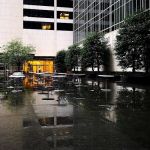 Avenue of the Americas Public Plaza3.0 (3 reviews)
Avenue of the Americas Public Plaza3.0 (3 reviews)Trending Camping Blog Posts
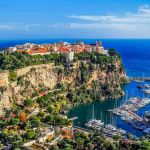 Top Group Travel Destinations in Europe: Best Places for Group Vacations
Top Group Travel Destinations in Europe: Best Places for Group Vacations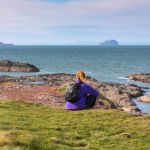 How to Get Involved in Travel Clans for Social Travel: Explore Group Travel Opportunities
How to Get Involved in Travel Clans for Social Travel: Explore Group Travel Opportunities Best Travel Clans for Sustainable Travel
Best Travel Clans for Sustainable Travel Best Group Vacation Destinations for Friends: Ultimate Travel Ideas
Best Group Vacation Destinations for Friends: Ultimate Travel Ideas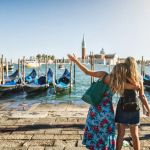 Travel Clans for Solo Travelers Looking for Company: Join Unique Travel Communities
Travel Clans for Solo Travelers Looking for Company: Join Unique Travel Communities Best Travel Clans for Women Traveling Together
Best Travel Clans for Women Traveling Together 
